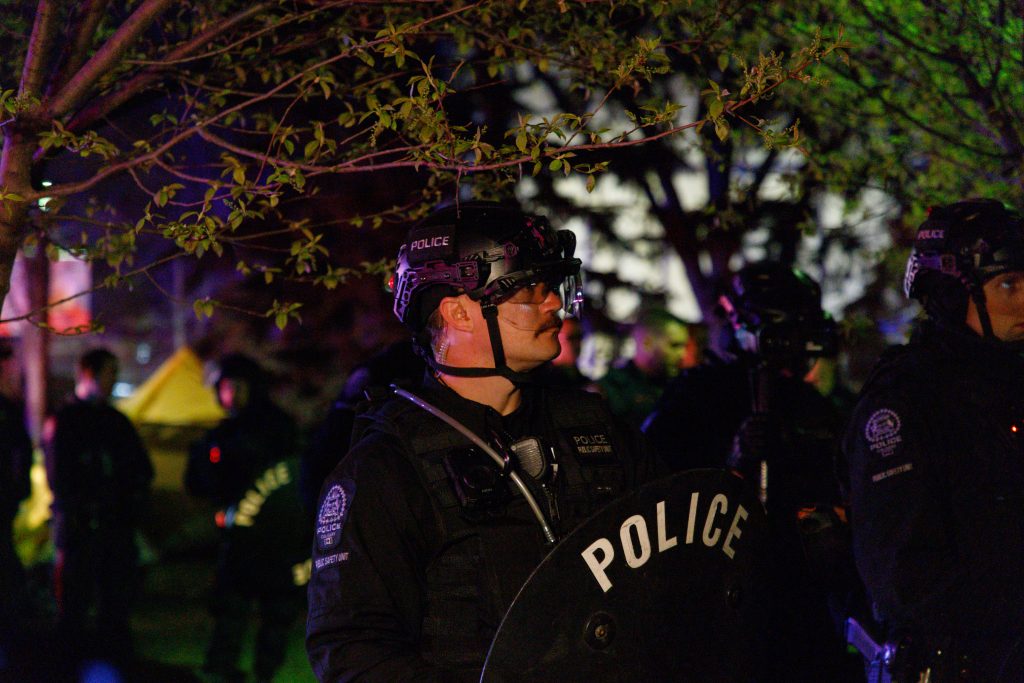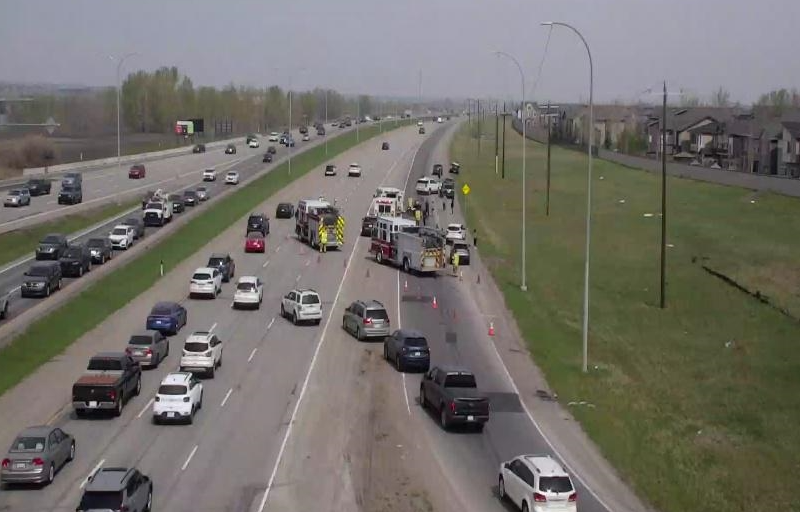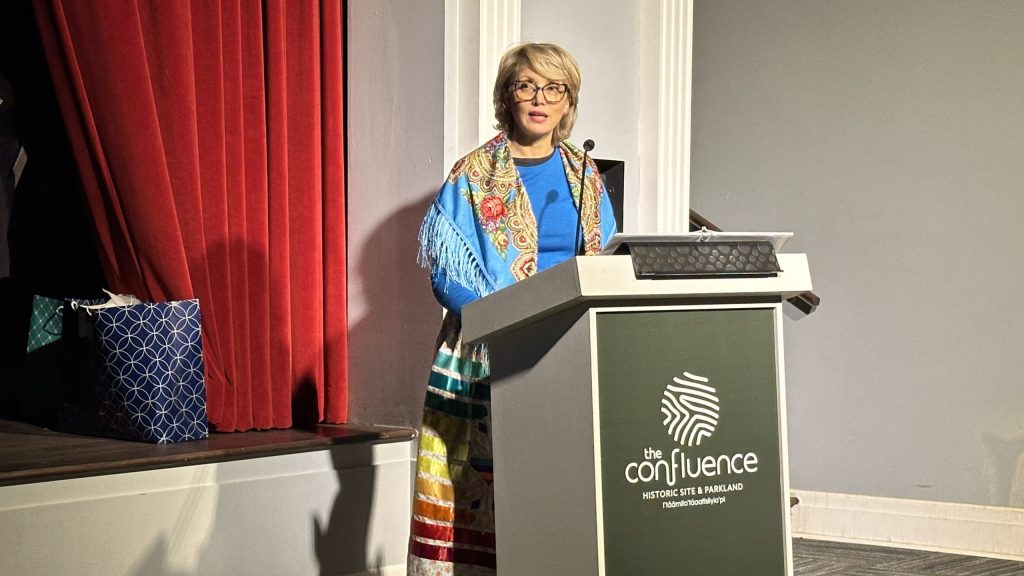Proposed Calgary-to-Banff train, extended patios at City Hall Monday, among other things
Posted Jul 25, 2021 6:00 am.
Last Updated Jul 26, 2021 6:58 am.
CALGARY – Calgary city councillors will be discussing a potential train line between the airport and Banff this week.
The proposed track would run from YYC International Airport, through downtown, and west out to Banff National Park.
Earlier this month, Invest Alberta Corporation announced that a Memorandum of Understanding had been reached between Alberta Transportation and the Canada Infrastructure Bank (CIB) to explore the rail.
The CIB said it plans to support the service and will consider paying for up to half of the $1B project by 2025.
READ MORE: Calgary Airport to Banff rail could soon be a reality
A motion from Jeff Davison, Ward Sutherland, and Gian-Carlo Carra points to recent predictions from Calgary Economic Development anticipating a Calgary to Banff rail line could increase visitor spending from $1.3 billion to $2.7 billion over the next six years.
The motion, which will be put to council Monday, is calling on further support for the project and for the city manager, Downtown Strategy team, Calgary Municipal Land Corporation, and Calgary Planning Department to assess the feasibility of a stop downtown.
It’s also suggested in the motion that Mayor Naheed Nenshi should write a letter to the provincial government highlighting council’s support for the project.
Temporary extended patios
City council has a jam-packed schedule to kick off the week.
It will also be revisiting the idea of making the extended pandemic patios a permanent fixture in Calgary.
Ward 8 Councillor Evan Woolley has said previously he’s hoping to continue seeing them in the long term.
READ MORE: Patio extensions brought on during pandemic could become permanent: Woolley
“We live in a winter city in a lot of ways, and in the summertime, we want to enjoy our outdoors,” Woolley said in a previous interview.
There have been concerns from the disabled community that they can be difficult to pass through with a wheelchair, but Woolley says if they become permanent, they will be on roadways, not sidewalks.
“We had significant challenges around the ramps getting on and off the street, but given any new permanent setup for them would leave the sidewalks open we just wouldn’t have the challenges we had.”
READ MORE: Council looking at accessibility concerns around extended patios downtown
Making them permanent means more investment, and the fluorescent orange may be a thing of the past.
“They weren’t very attractive with the bright orange barriers, but those won’t be a part of any future patios,” said Woolley. “They’d be on the street, we’d have some specs for the business community, they would look a lot nicer.”
The one piece left to work out is traffic – 17 Ave. is one of the city’s most congested roads, especially now to make way for patios – Woolley says that issue needs more attention.
Demand for roofing rebate for hail-damaged homes exceeding expectations
A city hall rebate to fix hail-damaged roofs has been more popular than expected, and council will be reviewing the incentive Monday.
Councillors voted in May to redirect $2.2 million from the city’s rainy day fund to provide rebates of up to $3,000 for any of the 660 households that had to replace roofing and siding after the 2020 hailstorm.
Only people whose houses were damaged in the 2020 storm are eligible in the program’s first six months, with council allocating $750,000 to the first installment of the program.
READ MORE: Calgarians can now apply for the city’s hail damage roofing rebate
So far, the requests are double what was expected at 1.5 million.
The Insurance Bureau of Canada said last year that the storm caused almost $1.2 billion in insured damages, making it the costliest hailstorm in Canadian history and the fourth costliest natural disaster of all time.
The program is expected to run for three years.
Finance committee to review report on revitalizing Calgary’s downtown core
A report is going to council Monday reviewing the state of downtown and how to revitalize it.
Last week, commercial real estate firm Avison Young said the office tower vacancy rate in downtown Calgary had risen to 29.2 per cent.
That’s up from 28.9 per cent in the first three months of 2021, and up from 25 per cent in the second quarter of 2020.
Avison Young predicts there will be over 14 million square feet of vacant space in downtown Calgary by the end of 2021, resulting in a new peak high vacancy rate above 30 per cent.
READ MORE: Calgary’s downtown office vacancy rate hits 29.2 per cent, a new high
The report says Calgary’s core is usually the hub for innovation in the city and that it needs to be resuscitated to grow the economy and create jobs.
Calgary’s downtown has been severely impacted by years of low oil prices and a wave of mergers of acquisitions in the oil and gas sector.
Energy and related engineering companies occupied 57 per cent of downtown Calgary in 2012. They now occupy just 32 per cent of the city’s downtown core.
READ THE REPORT:
The report calls for more funding to be allocated to the Downtown Calgary Development Incentive Program, which earlier this year was given $45 million.
The planning and development report says that’s only 10 per cent of what the city needs to pump life back into the core.
“We will need to look hard at alternate sources of funding and support from other orders of government to help address 90 per cent of the funding gap,” reads the report.
The report also suggests converting unused office spaces into residential towers, something the local real estate industry and Calgary Economic development have been exploring for the last few years.
RELATED: Glenbow Museum, Fort Calgary to get some cash from the city
Another area in need is the tourism sector, says the report.
The pandemic put a massive damper on local tourism with international visitors prohibited.
The report recommends “accelerating investments towards a clustering of cultural amenities in the downtown” to help drive local, national, and international tourism.
Another report is on the agenda, detailing overtime pay, showing municipal employees overtime pay is costing the city around $30 million per year.
-with files from the Canadian Press










